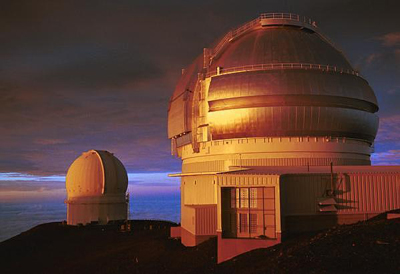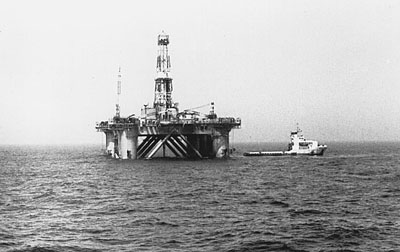Article
Nova Scotia Nautical Institute
The Nova Scotia Nautical Institute was an institute for seamanship training founded in 1872. It was common in England and Canada, which followed England in marine matters, to have people called "crammers" to assist mariners to pass their examinations, following apprenticeship on board ship.







